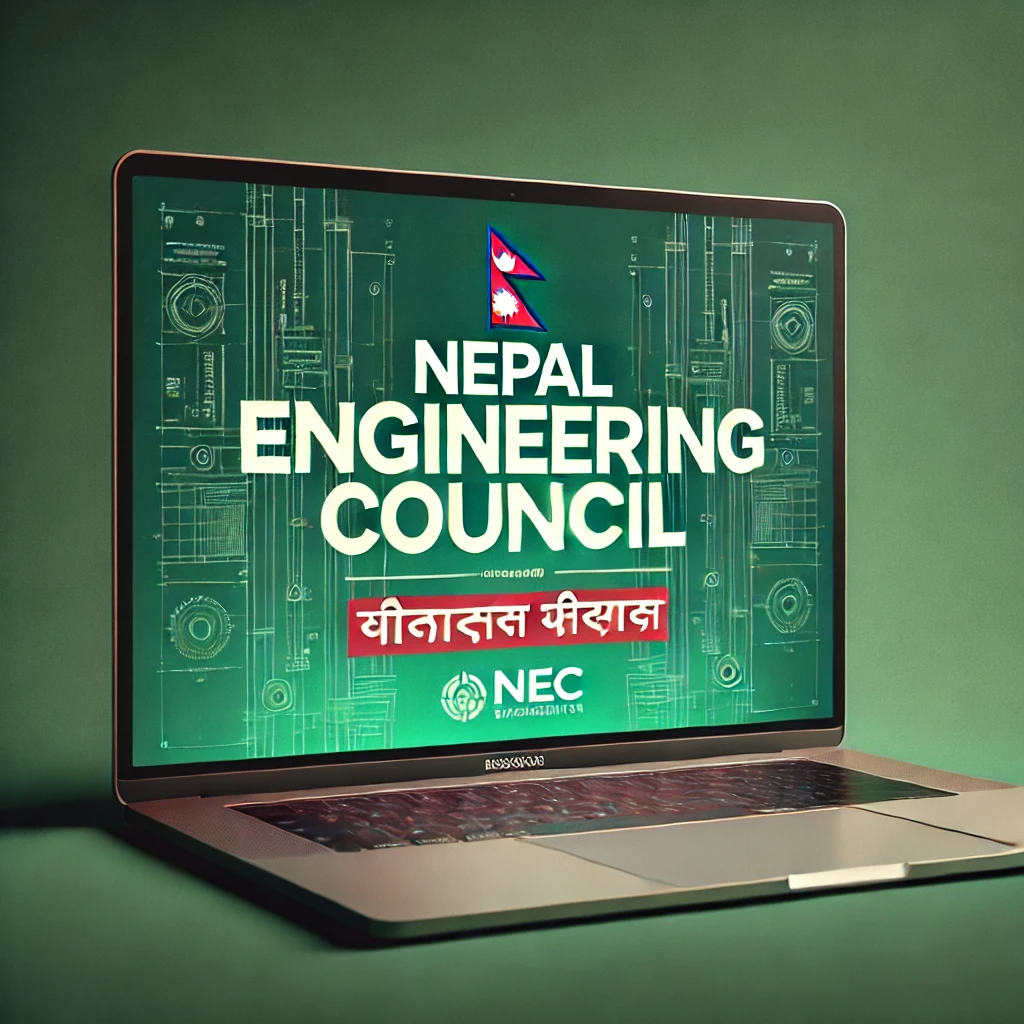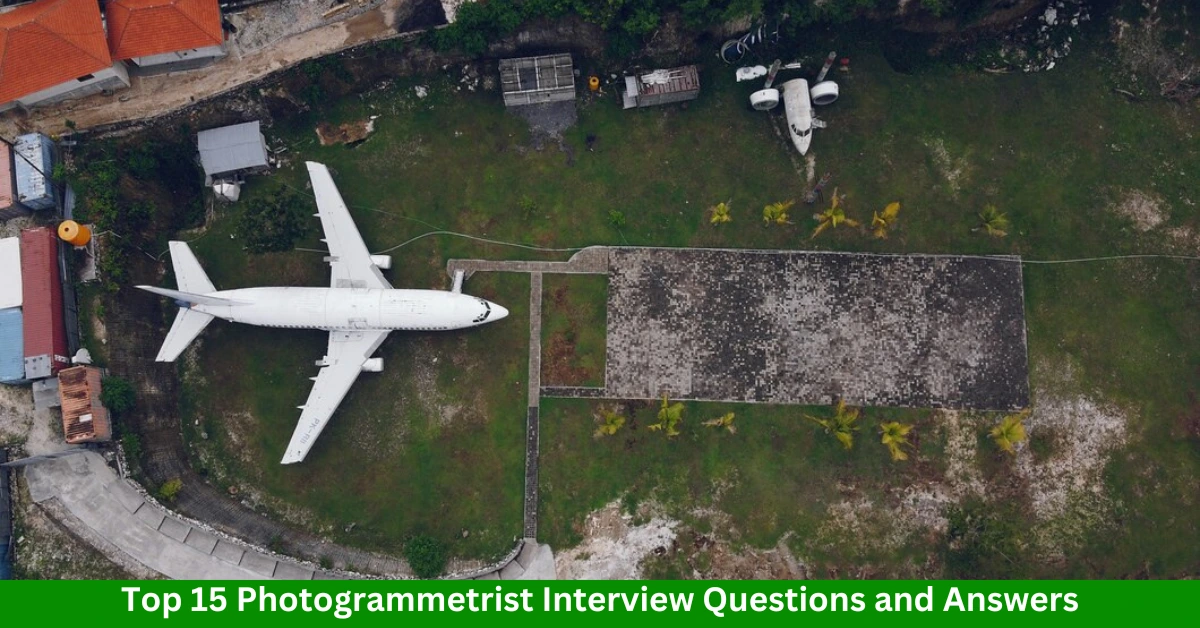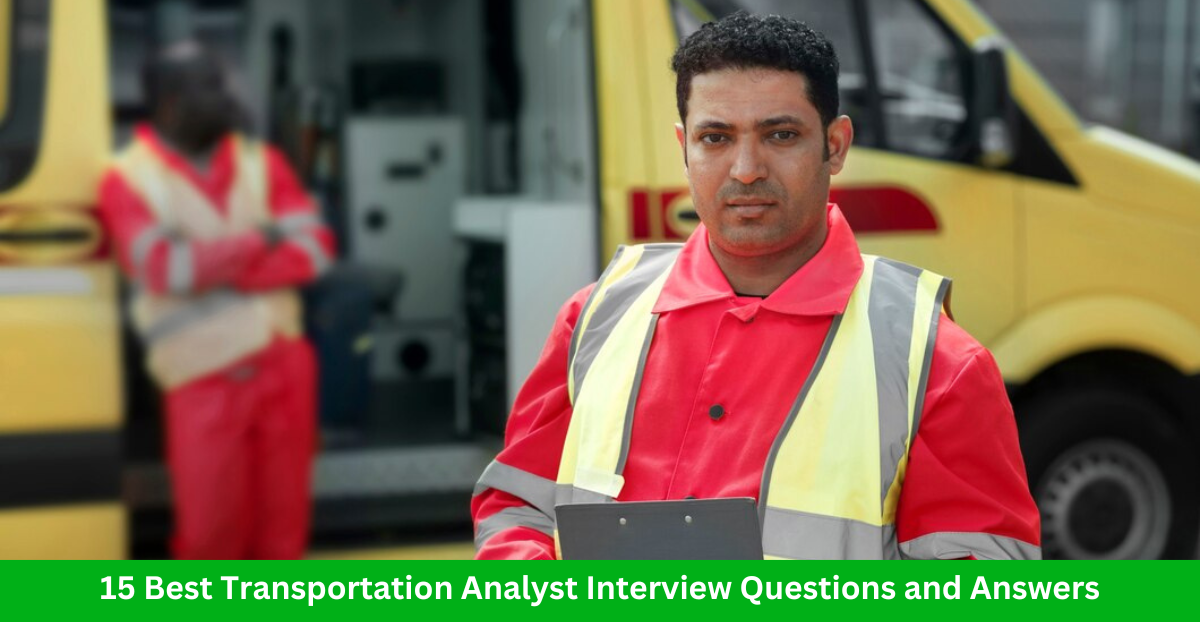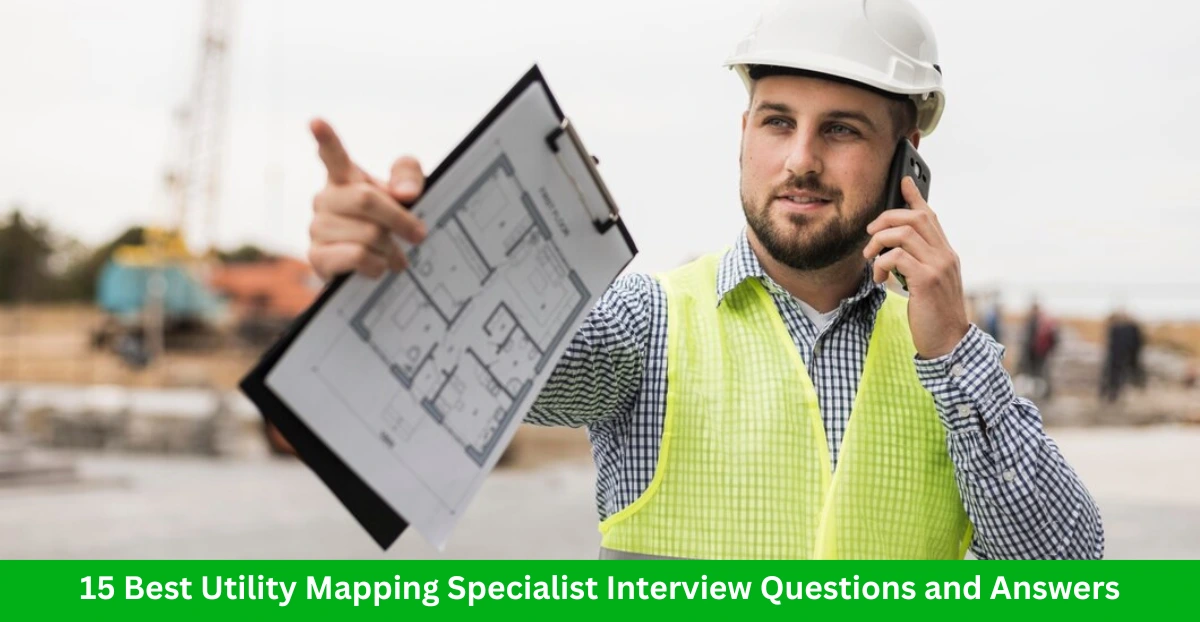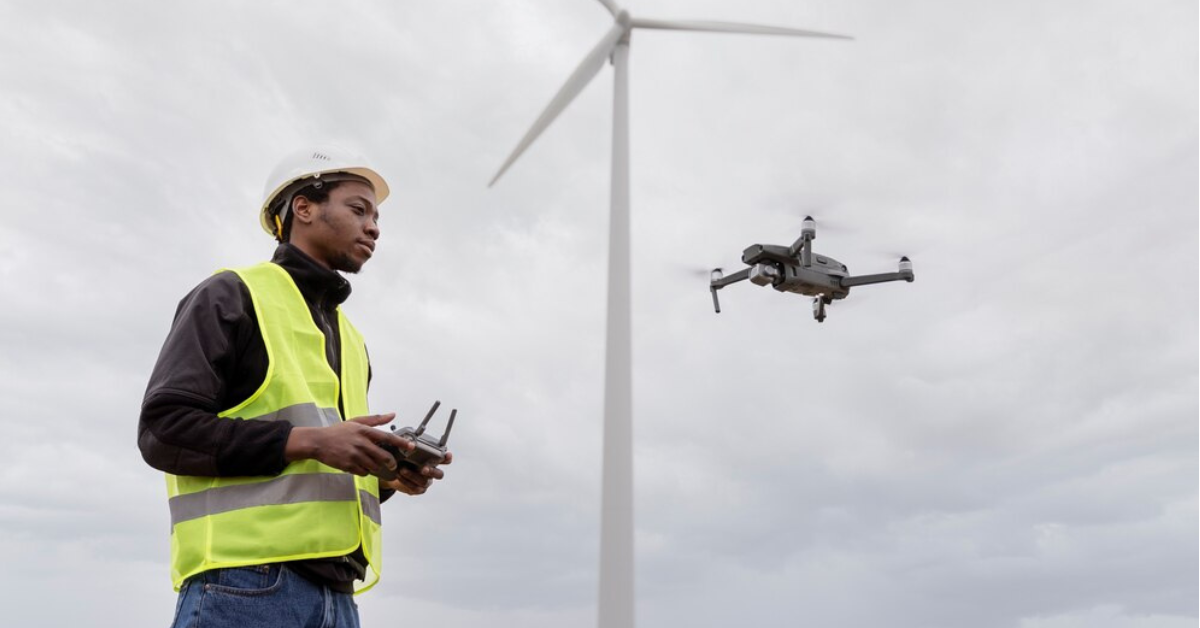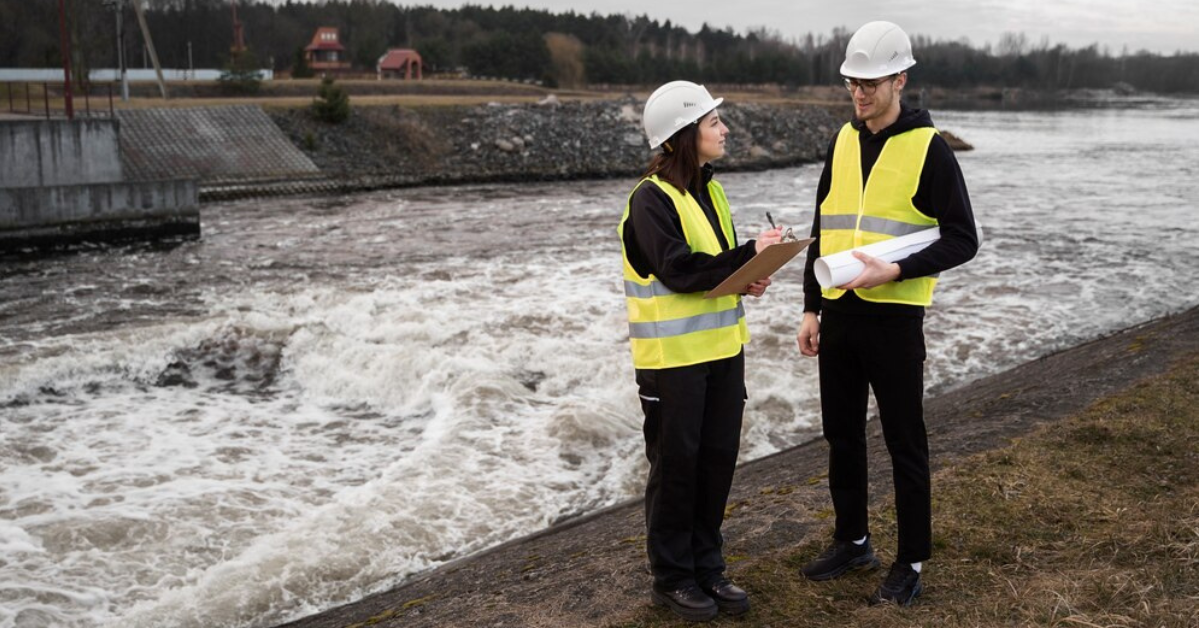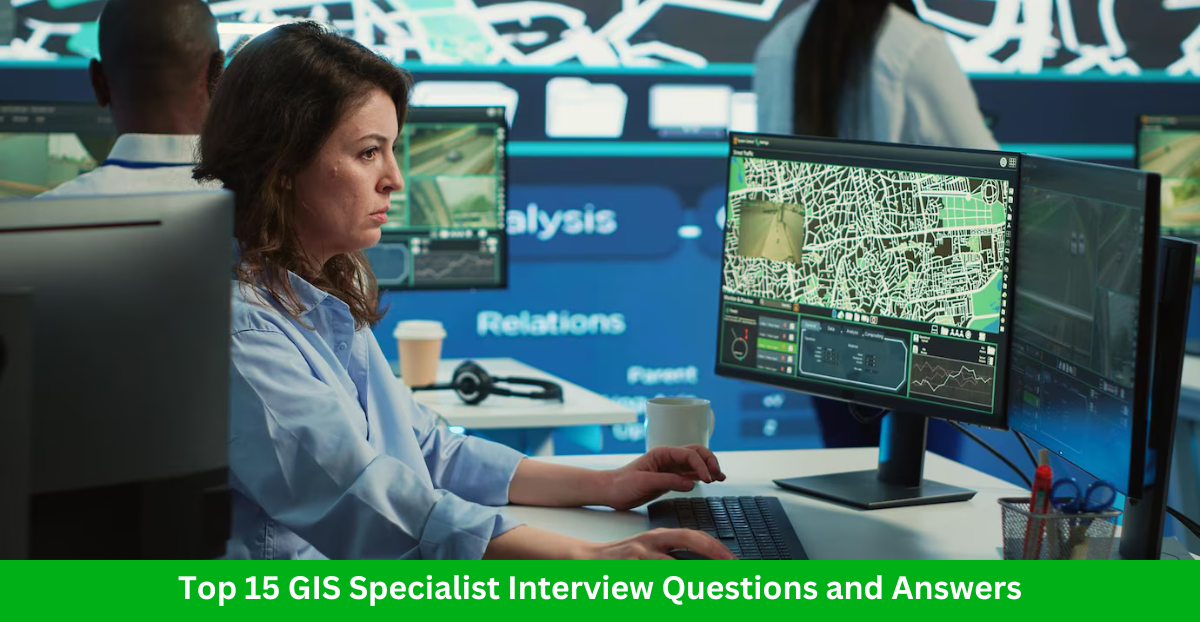Nepal Engineering Council
Nepal Engineering Council (NEC) is a regulatory body established by the Government of Nepal to regulate and oversee the engineering profession in the country. Established under Nepal Engineering Council Act, 2055 It is responsible for maintaining and promoting the standards of engineering education, practice, and professional conduct in Nepal. It provides accreditation and recognition to engineering programs and institutions in Nepal It registers and licenses engineering professionals who meet the council’s standards and requirements. Objectives To prepare policies, plans and programs for the smooth functioning of the engineering profession and to execute them. To set norms and standards for engineering education in Nepal. To grant permission and approval to carry out engineering education to those engineering colleges and institutions that meet the required norms and standards and to honor their degrees and certificates. To monitor and inspect the quality of engineering education provided by the engineering colleges and institutions. To fix the qualification necessary in order to practice engineering profession and to register their name in the Council. To remove their name from the registration of the engineering council if found to violate the code of ethics. 1.Nepal Engineering Council Act 2055 • Date of publication : 2055-11-27 • Chapters: 7 • Clauses :38 • Amendment (I) : 2079-05-05 Some provisions of NEC Act 2055 Members = 21 1. President= 1 ( Bachelor’s degree + 15 years experience, Nominated by GoN) Current President : Er. Dr. Padma Bahadur Shahi 2. Vice President=1 (Bachelor’s degree + 10 years experience, Nominated by GoN) Current Vice-President : Er. Dr. Bikash Adhikari 3. Members = 7 (Bachelor’s degree + 7 years experience, one from each province, at least three women, Nominated by GoN) 4.Member=1 ( President of NEA) Current president of NEA : Er. Dr. Hari Bahadur Darlami NOTE : The president of NEA is also the ex-offcio of NEC. 5. Members=5 ( Elected from NEA) ( Though NEA members have tenure of 2 years, these members are elected for term of 4 years) 6. Member =1 ( Campus chief of any Engineering Campus, Nominated by GoN ) 7. Member=1 ( Representative from Institute of Engineering, T.U , Nominated by GON ) 8. Member=1 (Representative from the universities teaching engineering in Nepal, Nominated by GON ) 9. Members=2 (Bachelor’s degree + 7 years experience , at least one woman, Nominated by Council) 10. Member Secretary / Register =1 (Bachelor’s degree + 10 years experience, Appointed by GoN through open competition ) TOTAL=21 Current Register : Er. Shiw Mangal Giri Note: First President of NEC : Er. Ram Babu Sharma First register of NEC : Bindeswor Yadav – Tenure Of members of NEC is 4 years. Ineligibility For Being A Member Of NEC Non-Nepalese citizen. Person whose name has been removed from book. Person whose property has been divided proportionately among the creditors for being bankrupt. Person who has been punished by law. Mentally disordered person. Person who has received permanent resident (PR) certificate of any foreign country. Disqualification for being a MEMBER If above ineligibility criteria are valid. If resignation is approved from the post of member. If absent in council meetings for 3 times continuously without informing the council. Death. Meeting of the council Meetings of council should be held minimum 4 times in a year. Meetings can be held more than 4 times if called by the president. Meetings are held in the place and time finalized by the president. Meetings are presided by the president. If the president is absent, the vice-president presides over the meeting. Minimum 50% of the members should be present in a meeting to fulfil the quorum. Decisions are authenticated by the Member-secretary. Registration of name in NEC To register the name, an applicant should pass the exam conducted by the council. Minimum of 2 exams will be conducted by the council every year A 5 member exam committee having at least one woman will be formed to conduct exams with the register as member secretary and the NEC member as coordinator. Name of the engineer will be removed from the in following case: If he/she has qualities which make him/her ineligible to become a member of council ( mentioned earlier) If a motion submitted to a meeting of council to remove the name from the book on charge of violating professional code of conduct is passed by two third majority (NOTE: To examine the violation of code of conduct by any member, a separate examination committee will be formed. The committee should prepare a report and submit the report to the meeting of the council) If the name of a person Who does not possess the required qualification has happened to be registered by fraud or error. Re-registration of the name : An engineer whose name has been removed from the registration can apply for the registration of the name in the council after 1 year with sufficient evidences of him/her being innocent. Upon examination of the evidences, the council can reregister his/her name in the registration book. Recognition of academic institution and certificates of academic qualification: Any institution should be granted recognition from the council before they start teaching any engineering subject. The council can grant temporary or permanent recognition to the educational institutions for teaching engineering subject after evaluation of the academic institution. The permanent recognition should be obtained by the institution after 5 years of getting temporary recognition ( NEC Regulation) The criteria set out for evaluation by the council are based on legal capabilities, academic capabilities, physical capabilities, manpower, infrastructure etc. To get the recognition from NEC, an institution should get minimum of 70 % score on evaluation criteria. The council inspects the academic institution on a regular basis in order to ensure that the institutions have continuously maintained the criteria set forth by the council. The … Read more
